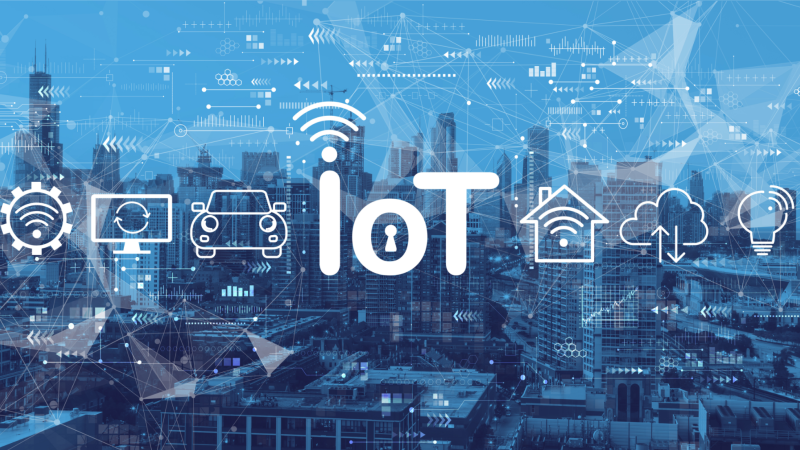Maximizing IT Infrastructure Efficiency

Maximizing IT infrastructure efficiency is imperative for businesses and organizations in today’s rapidly evolving digital landscape. Improving productivity and reducing operational costs is essential for staying competitive. In this guide, we’ll explore the best practices and tools to optimize your IT infrastructure support, ensuring an effective and efficient IT environment for your workforce.
Embracing Automation
Automation is a crucial element for increasing efficiency within IT infrastructure. By automating repetitive tasks and processes, businesses can reallocate valuable time and resources to more strategic and growth-inducing projects. Consider implementing automated monitoring and reporting, scripting, or even AI-driven solutions to maximize the potential of your IT operations.
Adopting a Proactive Approach
A proactive approach to IT infrastructure management allows organizations to identify potential issues before they become costly problems. This requires regular assessment and optimization of processes and resources. Additionally, fostering a culture of continuous improvement may involve providing incentives for employees to identify and mitigate inefficiencies.
Regularly Monitoring Performance and Utilization
Keeping a close eye on the performance and utilization of your IT infrastructure is crucial for determining areas of improvement. Regular review of system logs, performance metrics, and resource usage can identify problems early on, allowing for timely intervention and effective optimization. Monitoring tools and dashboards are widely available to assist with this process, including solutions such as the IT Glue Asset Manager to keep track of your IT assets and gain insights for more informed decision-making.
Leveraging IoT and Edge Computing
Internet of Things (IoT) and edge computing are innovative technologies that can significantly benefit IT infrastructure efficiency. IoT devices can help monitor and manage IT resources in real-time, providing insights for optimization. Edge computing enables data processing closer to the source, reducing bandwidth usage and latency. Combining these technologies can drive automation, improve monitoring capabilities, and ultimately enhance the overall efficiency of an organization’s IT infrastructure.
Investing in Cloud Computing
Cloud computing provides flexible, scalable, and cost-effective resources for managing your IT infrastructure. Utilizing these resources can lead to lower hardware and maintenance costs, higher flexibility, and improved efficiency. When leveraging cloud computing, organizations can take advantage of tools and features such as auto-scaling, disaster recovery, and security enhancements.
Setting KPIs for Continuous Improvement
Setting Key Performance Indicators (KPIs) is essential for tracking, measuring, and improving IT infrastructure efficiency. KPIs can help determine areas of focus, identify bottlenecks, and measure the outcomes of improvement initiatives. Examples of KPIs include server uptime, latency, and resource utilization percentages. By regularly monitoring these metrics, organizations can maintain a well-tuned, efficient, and evolving IT infrastructure that aligns with business objectives.
Optimizing Resource Usage
Implementing measures to minimize wasted resources can have a significant impact on the efficiency of IT infrastructure. Consider practices such as virtualizing servers and workstations to maximize usage of physical hardware, implementing energy-efficient cooling techniques and hardware, consolidating duplicate data and storage systems, removing unused applications, and regularly updating software.
Prioritizing Security
Security is a key component of an efficient IT infrastructure. Enhanced security measures reduce the risk of breaches, downtime, and damage to reputation and infrastructure. Regularly assess and update your security protocols, including vulnerability updates, patch management, and access controls. Additionally, invest in employee education and training on security best practices to minimize the risk of human error.
Sourcing Expert Assistance
While implementing best practices and tools to optimize IT infrastructure support is valuable, seeking guidance from industry experts can further elevate your organization’s efficiency. Consulting with experienced professionals can provide tailored solutions to your unique IT challenges, ensuring that your infrastructure operates at peak performance levels.
Implementing ITIL Framework
ITIL (IT Infrastructure Library) is a widely accepted framework that contains best practices for designing, implementing, and maintaining IT infrastructure. By adopting the ITIL framework, organizations can efficiently manage resources, streamline processes, and achieve improved alignment between business and IT objectives. This framework consists of five core volumes that cover different areas of IT service management, providing a holistic approach to enhancing IT infrastructure performance.
Conclusion
An efficient IT infrastructure provides the foundation for a productive and cost-effective organization. By adopting a proactive approach, investing in cloud computing, automating tasks, and prioritizing security, businesses can optimize their IT infrastructure support, resulting in improved productivity and reduced operational costs. Continue to reassess and refine your IT infrastructure on an ongoing basis to ensure continuous progress and growth.


![Putlocker Proxy | Putlocker online Alternatives Sites [100% Working] Updated List](https://technonguide.com/wp-content/uploads/2020/07/putlocker-800x450.jpg)



